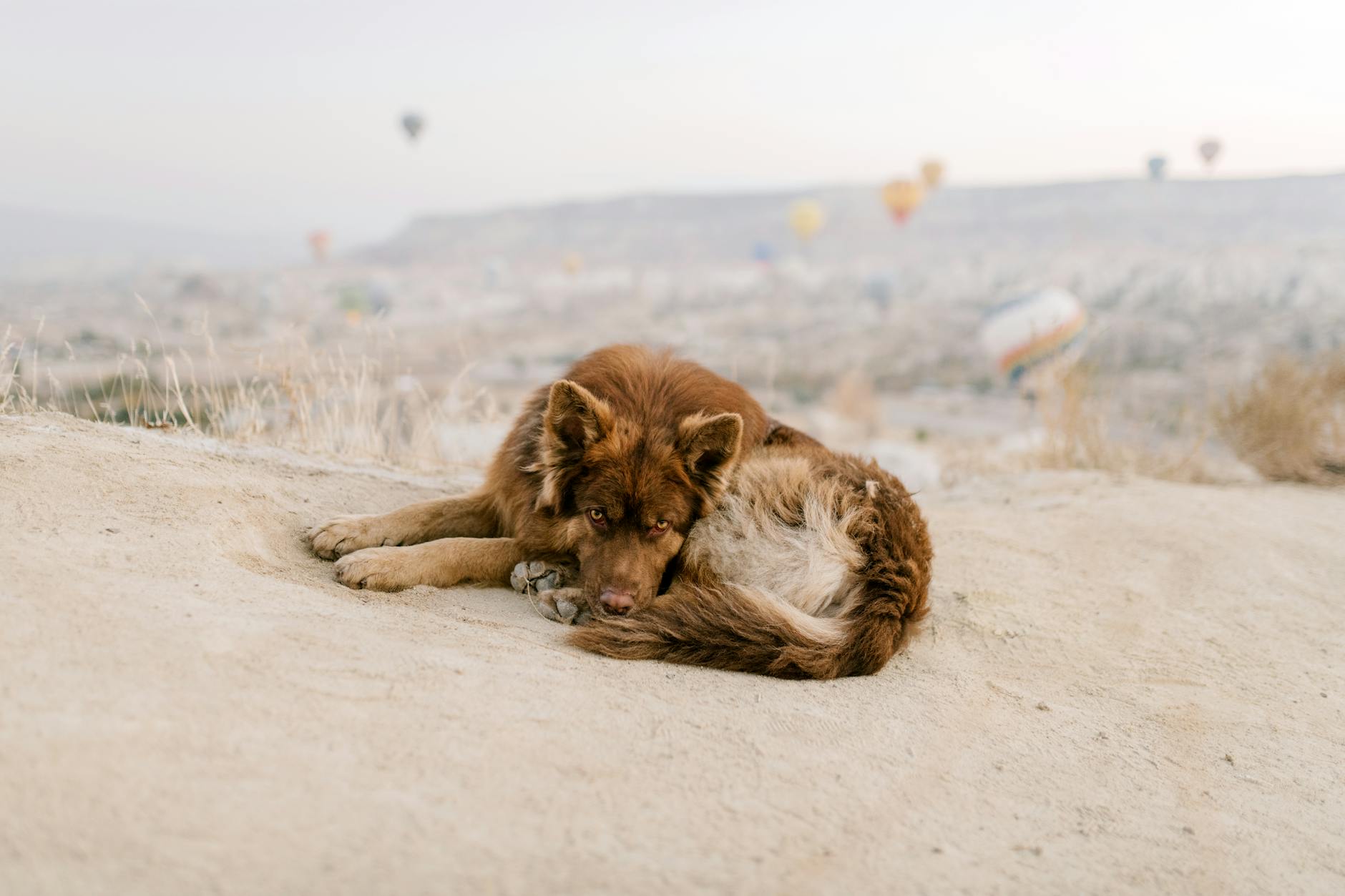Mastering Tough Pups: Ace Difficult Dog Training

Training a difficult dog can be a strenuous journey, but with the right techniques and a solid dose of patience, you can transform even the most challenging pooches into obedient companions. To master the art of difficult dog training and unleash success, you need to understand the unique needs of tough pups and implement a structured approach. Here are our professional tips that will guide you through the process of making your tough puppy a well-behaved pet.
Understanding Your Tough Pup
Before you can effectively train your pup, it's essential to understand the root of their difficult behavior. Various factors, such as breed characteristics, past experiences, and a lack of previous training, can contribute to a dog's unruliness. Once you've identified the underlying causes, you can tailor your training methods to fit the specific needs of your dog.
Establishing Leadership
Dogs are pack animals, and they naturally look to a leader for guidance. If you do not establish yourself as the alpha, your pup might feel the need to fill that role themselves.
- Maintain consistent rules and boundaries
- Use confident body language
- Lead by example and be fair yet firm
By assuming the leader role, your dog will start to respect your commands and look to you for direction.
Positive Reinforcement Techniques
Positive reinforcement is about rewarding your dog for good behavior rather than punishing them for undesirable actions. This method encourages your pup to repeat the behaviors that earn them praise and treats.
- Reward immediately after a desired behavior
- Use high-value treats, playtime, or affection as rewards
- Gradually reduce treats as the behavior becomes consistent
Remember, consistency is key. Make sure everyone in the household adheres to the training techniques to avoid confusing your dog.
Customized Training Sessions
Each dog is an individual and may respond better to certain training techniques. Some may excel with clicker training, while others may respond well to voice commands or hand signals.
- Start with basic commands such as 'sit', 'stay', 'come', and 'heel'
- Keep training sessions short but frequent to maintain attention
- Gradually introduce distractions to reinforce commands in different environments
Pay attention to your dog's reactions during training sessions to determine which methods they respond to best.
Socialization and Exercise
A well-socialized dog is often a well-behaved dog. Exposing your pup to various environments, other dogs, and people can help reduce fear and aggression, which are often the root of bad behavior.
- Arrange playdates with other dogs
- Take regular walks in different neighborhoods and parks
- Enroll your dog in a socialization class if needed
Additionally, ensure your tough pup gets enough exercise to burn off excess energy that might otherwise feed into their unruly behavior.
Professional Help
Sometimes, addressing the needs of a particularly challenging dog requires professional assistance.
- Look for a certified dog trainer with experience in dealing with difficult breeds or behaviors
- Consider attending obedience classes for structured learning environments
- For deep-rooted behavioral issues, a canine behaviorist may be necessary
Conclusion
Overcoming the trials of difficult dog training is all about patience, understanding, and the right approach. By establishing leadership, leveraging positive reinforcement, customizing your training sessions, and providing ample socialization and exercise, you can transform your tough pup into the perfect pet. Don't hesitate to seek professional help if you find yourself struggling; with commitment and the right support, you can master the art of training even the most challenging dogs.
Embark on your journey to dog training success and make your tough pup your proud companion today!